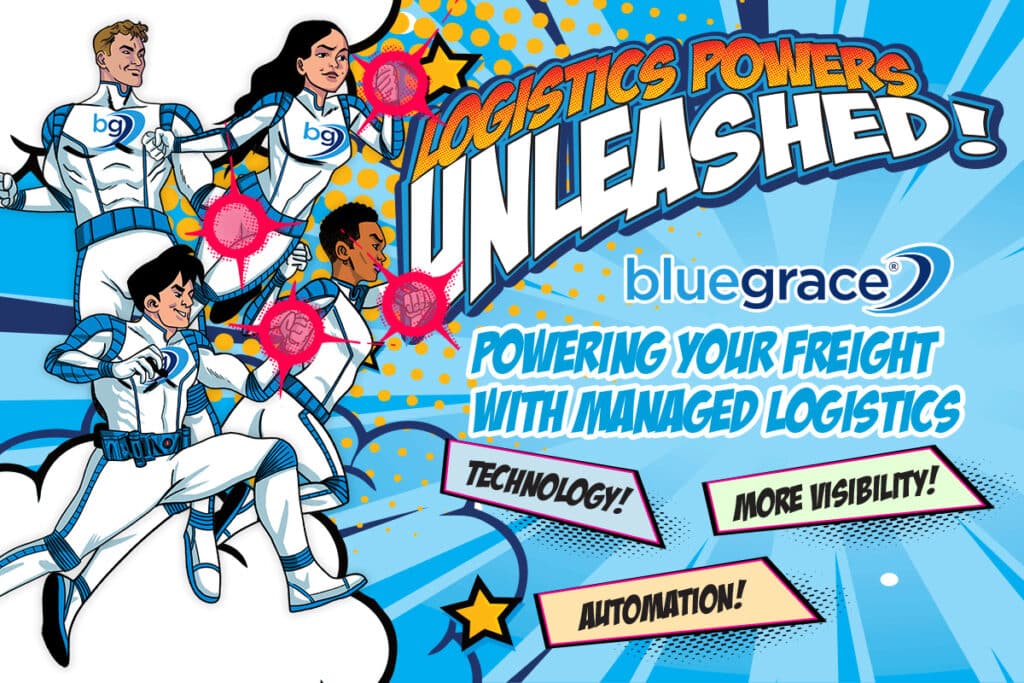
Landing a big box retail account can seem like a dream come true. The reality, however, is that keeping these big customers happy requires a lot of investment and hard work. Here are 13 ways to make the relationship work for both of you.
Congratulations! Your products have been deemed a good fit for nationwide customers, and your business is worthy of partnerships with giant retail outlets like Publix, Walmart, Kroger, Amazon, Albertson’s, and Aldi.
While the pressures a big box store faces are the same as the rest of the retail sector, the scale of its operations is much larger and the competition is more intense.
We know that all the distributors and retailers you sell wholesale to are important but landing a major “big box” retailer is a bit more specialized. Whether you’ve just started, or have been a supplier for a few years, it’s a different business to the one we all grew up with. While the pressures a big box store faces are the same as the rest of the retail sector, the scale of its operations is much larger and the competition is more intense. Its size is a double-edged sword—its footprint of stores and operations means there are more places to be affected by market disruptions, yet it has the resources to not only weather the storm, but profit from it too.
While there are many advantages to being a supplier to a major retailer, the opportunity often comes with its own unique challenges. These retailers often demand a lot of their suppliers and are quick to issue fees and chargebacks if you don’t meet their demands. To be successful as a big box supplier, you need to spend some time educating yourself about the challenges major retailers face in today’s marketplace and what that means for the companies that partner with them. Additionally, there are some proven tips and tricks to help you navigate these challenges and get the most out of the relationship.
THE SITUATION TODAY
The retailers that came to power in the 1980s and 1990s with the advent of the “big box” need to innovate because they face a very real threat: Amazon and the rise of omnichannel retailing.
Amazon has been at the forefront of a revolution in the consumer shopping experience. They offer one-click payments, same-day delivery in certain geographies, multiple delivery and collection options, and even dash buttons. All of these features are reshaping customer expectations. Amazon’s dominance of the retail landscape, especially during the 2020-2021 pandemic, has been nothing short of epic.
This has forced many retailers to revise how they serve customers, by switching from building stores to focusing more on e-commerce to drive growth. That does not mean that retailers are abandoning their brick-and-mortar business. Having stores across the country allows companies like Walmart to be closer to more people in the U.S. than any other retailer. In 2020, the mega-retailer has a 15.9% market share, versus Amazon’s 8.8% market share. So, although Amazon offers a great experience, large retailers are closer to consumers. A customer can find anything in Amazon and get it the next day. With a Walmart down the street, if a product is in stock, that same customer can get it same-day pickup.
That means that it is essential to big retailers for products to be in stock. As Steve Bratspies, the chief merchandising officer for Walmart US, told the Wall Street Journal, “When we receive the product that we ordered, we see better sales.”1
In other words, if a customer cannot find what they want, they will go somewhere else. Not only does the retailer lose that sale, it also loses the opportunity to sell complementary products, or perhaps something that simply catches the shopper’s eye on the way to the checkout.
So, retailers will do everything to make sure that their shelves stay full and that customers can find what they want, when they want it. It is here that suppliers come in. If not enough stock is ordered, that’s a retailer issue. But if not enough stock is delivered at the right time, that’s a supplier issue. At the same time, as brick-and-mortar retailers look to economize, they’re rethinking where they hold stock. Retailers are using their stores as warehouses, primarily to avoid the need for additional warehouse space. This tactic makes them more cost-efficient and agile in the current market. It is also why OTIF (“on time, in full”) is so important to retailers. To deliver efficiencies in their extended supply chains, retailers are holding less inventory in each of their consolidation centers and distributing it evenly using the actual store locations…
For the full story, Click Here.
Copyright 2021 by CSCMP’s Supply Chain Quarterly (www.SupplyChainQuarterly.com), a division of Supply Chain Media LLC. Reprinted with permission.




